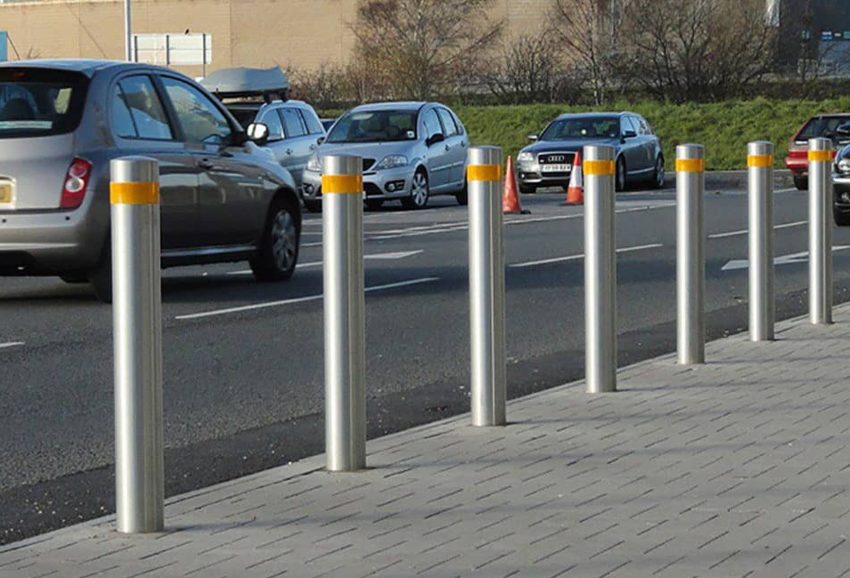In today’s rapidly changing urban landscape, security has become a paramount concern for business owners, security professionals, and urban planners alike. Among the various measures employed to safeguard public spaces and infrastructure, security bollards stand out as a critical tool in enhancing urban safety. These sturdy barriers not only protect people and property from vehicular threats but also integrate seamlessly into the aesthetic fabric of cities.
What Are Security Bollards?
Security bollards are robust posts installed in public spaces, business premises, and critical infrastructures to prevent unauthorized vehicle access. They serve as a physical barrier that can stop vehicles from breaching secure zones, thus mitigating the risk of vehicular attacks, accidental collisions, and other related incidents. Their utility in urban environments spans from protecting pedestrians and buildings to ensuring streamlined traffic management and emergency preparedness.
Types of Security Bollards
There are several types of security bollards available, each designed to meet specific security needs and situational requirements. The three main categories include fixed, removable, and automatic bollards.
Fixed Bollards: These are permanently installed bollards embedded into the ground. They offer the highest level of security and are typically used in areas where vehicular access must be consistently restricted, such as around government buildings, pedestrian zones, and critical infrastructure.
Removable Bollards: These bollards can be manually removed and reinstalled as needed. They provide flexibility for spaces that require occasional vehicle access, such as event venues or temporary road closures.
Automatic Bollards: Operated by hydraulic or pneumatic systems, automatic bollards can be raised or lowered with ease, allowing for controlled vehicle access. They are often used in high-security areas that need to balance accessibility with stringent security measures.
Integrating Security Bollards into Architectural Designs
One of the primary concerns with the installation of security bollards is maintaining the aesthetic appeal of urban spaces. Modern security bollards are designed to blend seamlessly into various architectural styles without compromising on effectiveness. Architects and urban planners can choose from a wide range of designs, materials, and finishes to complement the surrounding environment. Whether it’s sleek stainless steel bollards for contemporary settings or decorative cast-iron bollards for historical areas, there are countless options to ensure that safety does not come at the cost of visual harmony.
Benefits of Using Security Bollards
The benefits of installing security bollards are multifaceted, contributing significantly to urban safety and security. Firstly, they enhance physical security by preventing unauthorized vehicle access and reducing the risk of attacks. This, in turn, increases pedestrian safety by protecting individuals from potential collisions. Bollards also offer flexibility in use, with options for permanent, temporary, or automatic installations tailored to specific security needs. Importantly, security bollards can be incorporated into architectural designs with minimal impact on the visual integrity of the environment. They serve as a deterrent to various criminal activities and support emergency preparedness by controlling access during critical events. Lastly, bollards contribute to long-term cost savings through the prevention of property damage and potential liability from security incidents.
Conclusion
Security bollards are an indispensable element in modern urban safety strategies. Their ability to provide robust physical barriers, enhance pedestrian safety, and integrate seamlessly into architectural designs makes them a valuable asset for business owners, security professionals, and urban planners. By understanding the different types of bollards and their applications, stakeholders can effectively implement these solutions to protect public spaces, businesses, private land and critical infrastructure. As technology continues to evolve, the future of security bollards promises even greater advancements, ensuring that urban environments remain safe and secure for all.
